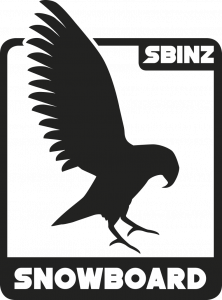Park Jumps: 180s
 What, Why, How
What, Why, How
To bring 180s from outside to inside the park.
Hot Tip
VIDEO: 180s in the Park with Guy McCully

 Movements & Board Performance
Movements & Board Performance
Vertical & Rotational with Pressuring & Steering (Pop & Spin)
Timing of vertical extension and rotational release relative to the lip of the jump is key. Pre-wind will be minimal in a 180 but can be used to help with timing. When releasing the pre-wound position (the legs should be smoothly extending as the upper body is rotating into the spin), the board will ideally leave the lip of the jump as the upper body passes into an aligned position with the board.
Lateral with Edging
Focus on smooth movements in the ankles and knees for backside 180s and knees and hips for frontside 180s to produce an edged takeoff. Ensure that the upper body is kept stacked over the hips and over the board to minimise excessive directional drift off the lip of the jump.
Longitudinal
A longitudinally centred position is key to promote stability at takeoff and into the trick zone.

